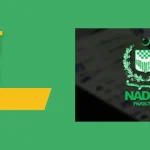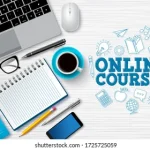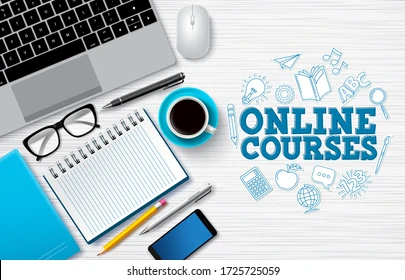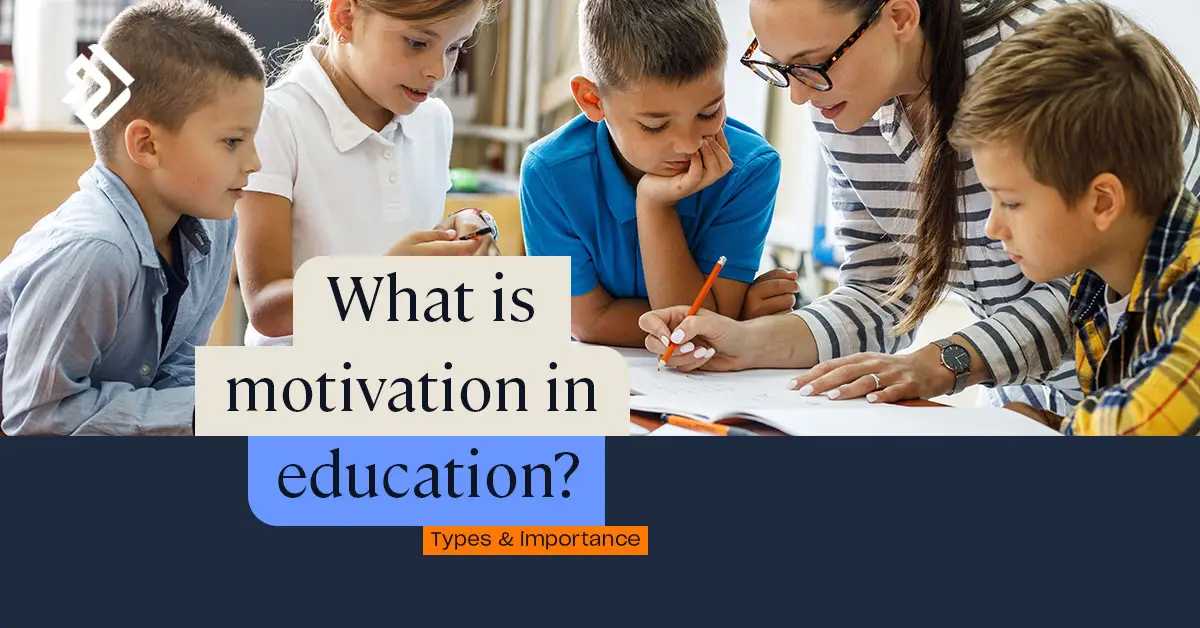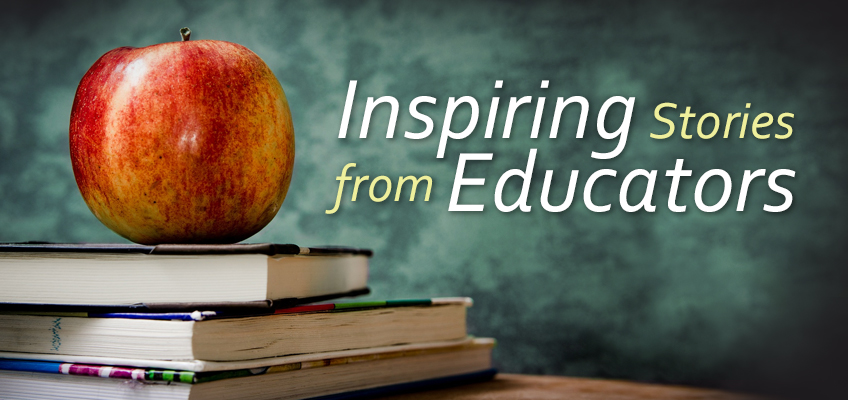
Education is the cornerstone of human civilization. It is the process through which knowledge, values, and skills are transmitted across generations, enabling people to improve their lives and contribute meaningfully to society. The story of education is as old as humanity itself, evolving over time in response to changing cultures, technologies, and social needs. From oral traditions in ancient tribes to digital learning in the 21st century, the journey of education reflects the story of human development.
Ancient Beginnings
In prehistoric societies, education was informal. Elders taught the young through storytelling, imitation, and hands-on experiences. Skills like hunting, farming, tool-making, and survival tactics were passed down orally. There were no classrooms or textbooks—education was deeply embedded in daily life and closely tied to nature and community.
As civilizations emerged—such as in Mesopotamia, Egypt, India, and China—education began to take a more structured form. In ancient Sumer (modern-day Iraq), schools called “edubbas” were established around 2500 BCE to train scribes in cuneiform writing. These early schools primarily served the elite and focused on reading, writing, and arithmetic.
In ancient Egypt, education was controlled by priests and was primarily for boys from wealthy families. Students learned mathematics, astronomy, and religious texts. Similarly, in ancient India, the Gurukul system involved students living with a teacher (guru) and learning scriptures, philosophy, martial arts, and science.
China’s education system was deeply influenced by Confucian philosophy, emphasizing moral development, respect for authority, and hard work. The Chinese civil service exams, introduced during the Han dynasty, were among the earliest examples of standardized testing.
Greek and Roman Influence
The ancient Greeks introduced the concept of a liberal education—aimed at developing well-rounded individuals. Thinkers like Socrates, Plato, and Aristotle emphasized reasoning, ethics, and the pursuit of truth. Plato’s Academy and Aristotle’s Lyceum laid the foundation for Western educational philosophy.
In Rome, education was initially family-based but later became institutionalized. Roman education focused on rhetoric, law, and practical skills to prepare citizens for public life. Although limited to the upper classes, Roman education influenced the structure and content of Western schooling for centuries.
Education in the Middle Ages
After the fall of the Roman Empire, Europe entered the Middle Ages, a period often associated with limited access to formal education. However, the Christian Church became a key educational provider. Monasteries preserved classical texts and trained clergy in Latin, theology, and philosophy. The establishment of cathedral schools in the 9th and 10th centuries led to the formation of the first universities in Bologna, Paris, and Oxford.
In the Islamic world, education flourished during the Golden Age (8th to 14th century). Scholars in Baghdad, Cordoba, and Cairo studied medicine, mathematics, astronomy, and philosophy. Libraries like the House of Wisdom in Baghdad were centers of learning that preserved and translated classical Greek and Roman texts, making them accessible to future generations.
The Renaissance and Reformation
The Renaissance (14th–17th century) revived interest in classical learning and human potential. Education expanded beyond religious instruction to include literature, art, and science. Thinkers like Erasmus and Comenius promoted the idea that education should be available to all and should focus on developing the whole person.
The Protestant Reformation in the 16th century, led by Martin Luther, emphasized literacy so individuals could read the Bible. This religious movement spurred the establishment of schools across Europe and encouraged the use of local languages in instruction, paving the way for mass education.
The Age of Enlightenment
The 18th century Enlightenment championed reason, individual rights, and the pursuit of knowledge. Philosophers like John Locke and Jean-Jacques Rousseau argued that education was essential for personal and social progress. Public education became more widely advocated, especially in Europe and the American colonies.
During this period, Prussia (modern-day Germany) developed one of the first state-run, compulsory education systems. It served as a model for many countries, including the United States, which began to establish public schools in the 19th century.
Industrialization and Modern Education
The Industrial Revolution (18th–19th centuries) drastically changed societies. As economies shifted from agriculture to manufacturing, there was a growing need for literate, skilled workers. Governments began to invest heavily in education to support economic growth and national development.
Schools became more standardized, with curricula focused on reading, writing, math, and science. Attendance laws were enacted, and teacher training programs were established. This era also saw the founding of land-grant universities in the U.S., aimed at making higher education more accessible.
In the 20th century, education expanded dramatically. Progressive educators like John Dewey emphasized experiential learning and critical thinking. Countries around the world introduced free, compulsory primary education. Literacy rates rose globally, and secondary and tertiary education became more accessible.
The Digital Age
The 21st century has brought a new revolution in education—the digital transformation. The rise of the internet and digital technologies has made knowledge more accessible than ever. Online courses, educational apps, and virtual classrooms allow people to learn from anywhere in the world.
E-learning platforms like Khan Academy, Coursera, and edX have democratized education, enabling millions to access quality instruction without attending traditional schools. Artificial intelligence, virtual reality, and data analytics are being integrated into learning, offering personalized and immersive experiences.
However, the digital divide remains a challenge. Not all students have equal access to technology or high-speed internet. Addressing this inequality is crucial for ensuring that the benefits of modern education reach everyone.
Challenges and the Future
Today, education faces both great promise and significant challenges. Issues like inequality, outdated curricula, teacher shortages, and political interference affect learning outcomes worldwide. Climate change, conflict, and pandemics like COVID-19 have disrupted education systems and revealed gaps in resilience and preparedness.
Yet, there is hope. Innovations in pedagogy, inclusive education policies, and a growing global awareness of education’s role in solving societal problems provide a strong foundation for progress.
The future of education likely includes more emphasis on critical thinking, emotional intelligence, global citizenship, and lifelong learning. With rapid technological and social change, education will need to evolve constantly to prepare learners not just for jobs, but for life in a complex, interconnected world.
Conclusion
The story of education is a journey from ancient storytelling around fires to smart classrooms powered by AI. It has moved from privilege to a recognized human right. While education has never been perfect or universally accessible, its trajectory reflects humanity’s constant desire to learn, grow, and improve.
As we look ahead, the responsibility lies with educators, governments, and communities to ensure that education continues to serve as a force for equality, innovation, and peace. Because in every era and every culture, education remains the most powerful tool we have to shape the future.

